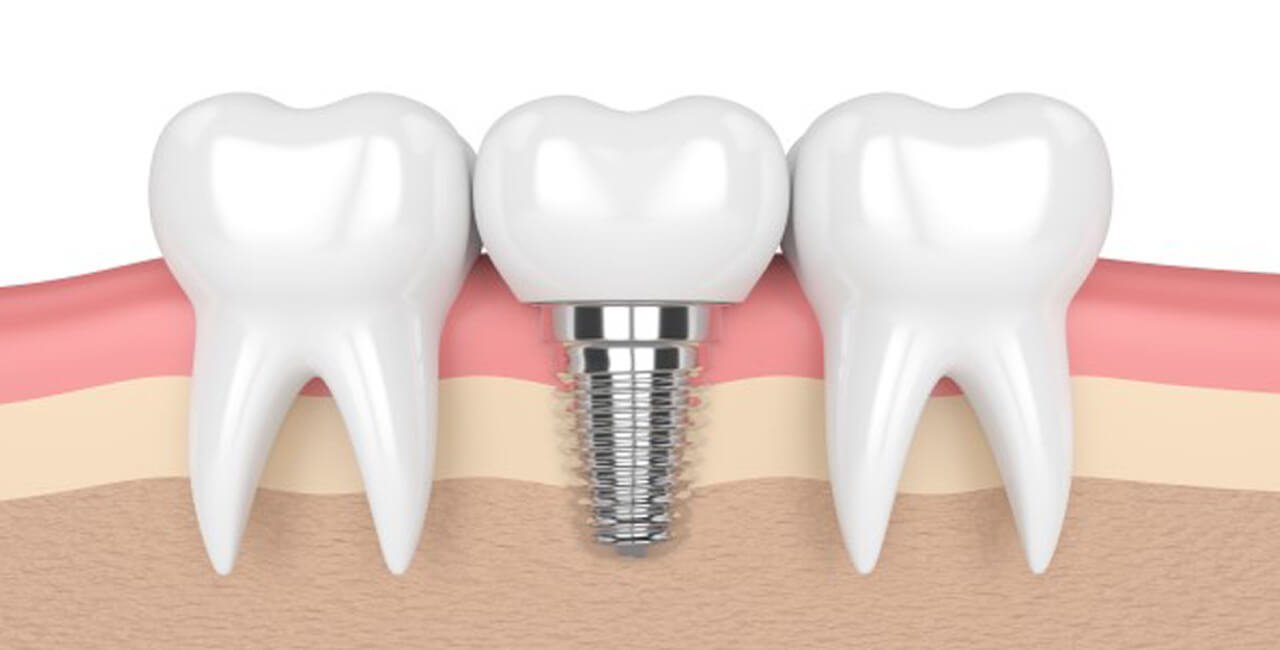Implantology is a specialized field of dentistry that focuses on the placement and restoration of dental implants. Dental implants are artificial tooth roots made of biocompatible materials, typically titanium, that are surgically placed into the jawbone to support replacement teeth, such as crowns, bridges, or dentures. This field has advanced significantly in recent years, providing more effective and long-lasting solutions for individuals with missing teeth.
Here’s an overview of implantology:
1. **Implant Placement**: The primary focus of implantology is the surgical placement of dental implants. This involves drilling into the patient’s jawbone to insert the implant, which serves as an anchor for the replacement tooth or teeth.
2. **Types of Implants**: There are different types of dental implants, including endosteal (implants placed in the bone), subperiosteal (implants placed on top of the bone), and zygomatic (used when there’s insufficient bone in the maxilla). The choice of implant type depends on the patient’s specific needs and bone structure.
3. **Materials**: Most dental implants are made from titanium or titanium alloys due to their biocompatibility, strength, and durability. Zirconia implants are another option, which is a ceramic material known for its aesthetic qualities.
4. **Osseointegration**: A crucial concept in implantology is osseointegration, the process by which the implant fuses with the surrounding bone tissue. This integration ensures the stability and longevity of the implant.
5. **Patient Evaluation**: Before undergoing implant surgery, patients go through a thorough evaluation process. This typically includes a detailed medical and dental history, X-rays, CT scans, and examination of the bone structure to determine if they are suitable candidates for implants.
6. **Surgery**: The actual implant placement surgery is typically performed by an oral surgeon or a periodontist. It is usually done under local anesthesia, although sedation or general anesthesia can be an option for more complex cases.
7. **Healing and Integration**: After the implant is placed, there is a healing period during which osseointegration occurs. This can take several months, and temporary prosthetics may be used during this period to maintain aesthetics and functionality.
8. **Prosthesis Attachment**: Once osseointegration is complete, an abutment is attached to the implant, and a prosthetic tooth or teeth (crown, bridge, or denture) is affixed to the abutment. The final restoration is custom-made to match the patient’s natural teeth.
9. **Maintenance and Aftercare**: Dental implants require regular oral hygiene and routine check-ups to ensure their long-term success. Patients are advised to maintain good oral care and follow up with their dentist for cleaning and maintenance.
10. **Benefits**: Dental implants offer numerous advantages, including improved appearance, speech, comfort, and chewing ability. They are highly durable and can last for decades with proper care. Unlike traditional dentures, they are fixed in place, providing a more natural feel.
11. **Considerations**: Not everyone is a suitable candidate for dental implants. Patients with certain medical conditions, insufficient bone density, or inadequate oral hygiene may not be eligible. In such cases, bone grafts or other preparatory procedures may be necessary.
Implantology has revolutionized the field of dentistry by providing an effective and long-lasting solution for replacing missing teeth. It has become a standard of care for many patients seeking tooth replacement options.

